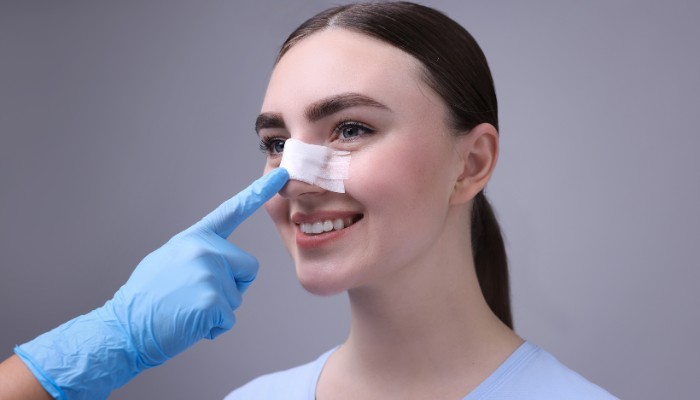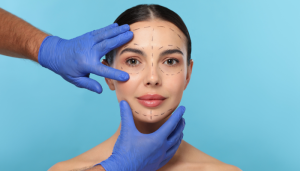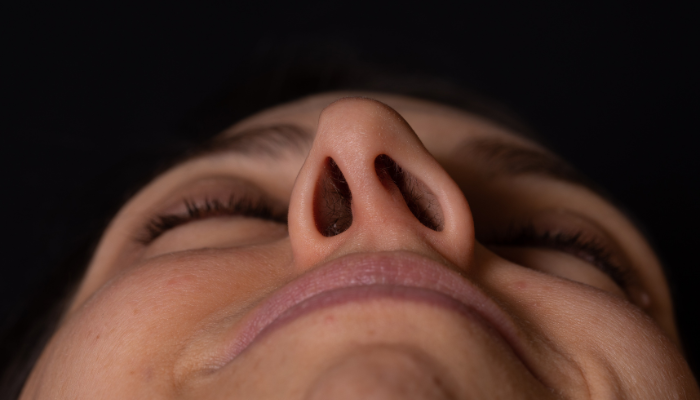Surgical rhinoplasty, commonly referred to as a nose job, is a procedure that reshapes the nose for both aesthetic and functional reasons. People often seek this surgery to enhance their appearance or improve breathing. However, like any medical procedure, it comes with its own set of advantages and disadvantages that potential patients should consider before making a decision.
In this article, we will explore the pros and cons of surgical rhinoplasty to help you make an informed choice.
Key Takeaways
- Surgical rhinoplasty provides permanent results, unlike non-surgical options.
- It can improve not only appearance but also breathing function.
- The surgery carries risks, including complications from anaesthesia and infection.
- Recovery can be uncomfortable and requires careful follow-up care.
- Choosing an experienced surgeon is crucial for optimal outcomes.
Understanding Surgical Rhinoplasty
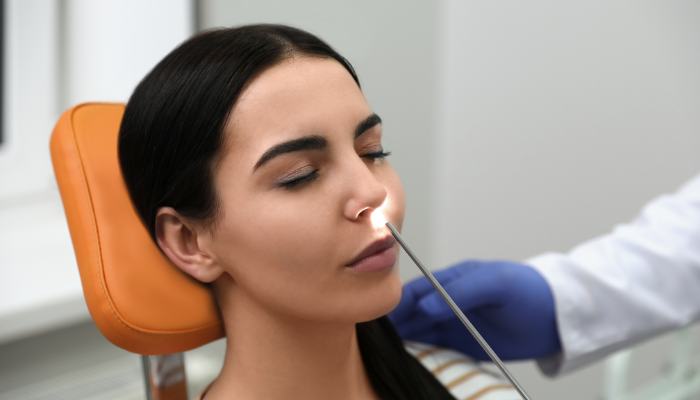
Definition and Purpose
Surgical rhinoplasty, commonly known as a nose job, is a surgical procedure designed to reshape the nose. It can be performed for cosmetic reasons, to improve breathing, or both.
The procedure involves modifying the bone and cartilage to achieve the desired aesthetic or functional outcome. It’s a pretty big decision, and it’s worth understanding what it all involves before you even book a consultation.
Types of Surgical Rhinoplasty
There are a few different types of surgical rhinoplasty, and the best one for you will depend on your individual needs and goals. These include:
- Open Rhinoplasty: Involves a small incision on the columella (the skin between the nostrils) to allow greater access to the nasal structures.
- Closed Rhinoplasty: All incisions are made inside the nostrils, resulting in no visible external scars.
- Septoplasty: Focuses on improving nasal function, such as correcting a deviated septum to improve breathing.
Common Techniques Used
Rhinoplasty employs various techniques to reshape the nose. The specific approach depends on the desired outcome and the patient’s anatomy.
Some common techniques include:
- Osteotomy: Cutting and reshaping the nasal bones to narrow the nose or correct asymmetry.
- Cartilage Grafting: Using cartilage from the septum, ear, or rib to reshape or support the nasal structure.
- Suturing Techniques: Using sutures to reshape and refine the nasal tip or nostrils.
Rhinoplasty is a complex procedure, and it’s important to have realistic expectations. The goal is to create a nose that looks natural and is in harmony with your other facial features. It’s not about creating the ‘perfect’ nose, but about enhancing your overall appearance and improving your quality of life.
Benefits of Surgical Rhinoplasty
It’s not just about looks, though that’s a big part of it for many. There are some real, tangible benefits to surgical rhinoplasty that go beyond the aesthetic.
Permanent Results
One of the biggest draws of surgical rhinoplasty is that, unlike fillers or other temporary fixes, the results are permanent. Once the surgery is done and you’ve healed, you’re set.
No need for top-ups or repeat visits. It’s a one-and-done kind of deal, which can be a huge relief for some people. Think of it as an investment in yourself that keeps on giving.
Improved Breathing Function
Rhinoplasty isn’t always about changing the shape of your nose. Sometimes, it’s about fixing things inside that are causing problems. A deviated septum, for example, can make it really hard to breathe properly.
Surgical rhinoplasty can correct these structural issues, leading to significantly improved breathing.
Enhanced Facial Harmony
A well-done rhinoplasty can bring your facial features into better balance. It’s not about making your nose ‘perfect’ according to some arbitrary standard.
It’s about making it fit your face in a way that looks natural and harmonious. This can have a massive impact on your overall appearance and, more importantly, on how you feel about yourself. It’s about feeling more confident and comfortable in your own skin.
It’s worth remembering that everyone’s different, and what looks good on one person might not look so great on another. That’s why it’s so important to have a thorough consultation with your surgeon to discuss your goals and expectations.
Potential Risks and Complications
Like any surgery, there are risks involved, and it’s important to be aware of them. It’s not all sunshine and perfectly sculpted noses, unfortunately. But don’t worry, we’ll break it down and look at ways to minimise these risks.
Common Surgical Risks
Right, so what are the usual suspects? Well, things like bleeding, infection, and reactions to the anaesthetic are possible, as with any major surgery. It’s also worth knowing about risks specific to rhinoplasty.
These can include:
- Breathing difficulties through the nose
- Numbness (which can be permanent) in and around the nose
- Uneven appearance of the nose
- Persistent pain, discolouration, or swelling
It’s important to remember that these risks are minimised when you choose a skilled and experienced surgeon.
Long-term Complications
Now, let’s think longer term. Sometimes, complications can arise months or even years after the surgery. These aren’t super common, but it’s good to be in the know.
They might include:
- Scarring that affects the appearance
- A hole developing in the septum (the bit between your nostrils) – this is called a septal perforation
- Changes to your sense of smell
- The need for further surgery to correct issues
It’s worth remembering that a good surgeon will discuss all potential complications with you beforehand and will have strategies in place to deal with them should they arise. Open communication is key.
Emotional Impact
Surgery can be a big deal, and it’s normal to have a range of feelings afterwards. Sometimes, the results might not be exactly what you hoped for, and that can be tough.
It’s important to have realistic expectations and to have a good support system in place. If you’re feeling down or anxious after your surgery, don’t hesitate to reach out to your surgeon or a therapist. They’re there to help you through it.
Recovery Process After Surgery
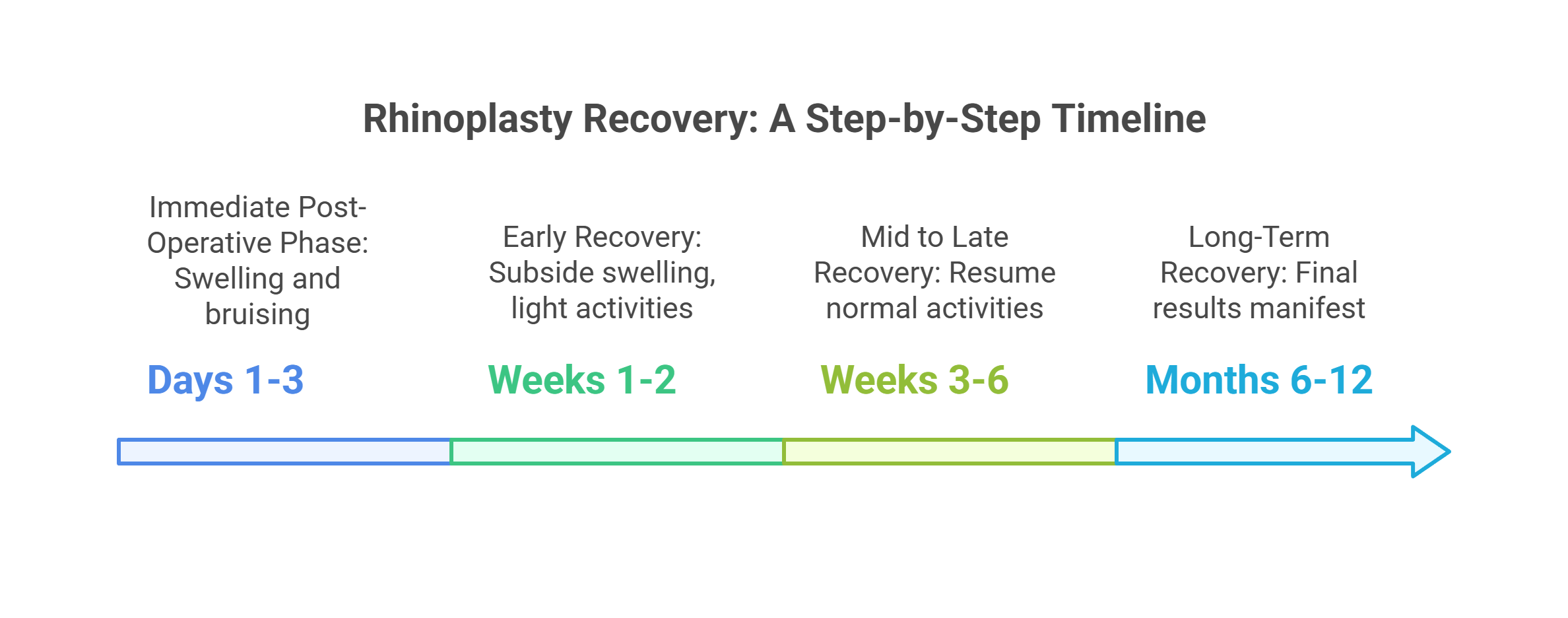
What happens after the surgery? Let’s break down what you can expect during the recovery period. It’s not always a walk in the park, but knowing what’s coming can make it a lot easier to handle.
Initial Healing Stages
Right after the surgery, you’ll probably feel a bit groggy from the anaesthesia. It’s super important to rest with your head elevated to minimise swelling and bruising. You’ll likely have some internal bandages and a splint on your nose for support.
Expect some stuffiness – it’s normal. The internal bandages usually stay in for about a week, and the splint a bit longer. There might be some drainage too, so your surgeon will probably put a drip pad under your nose to catch it. Just change it as needed, and don’t press it too tightly against your nose.
Managing Discomfort
There will be some discomfort. It’s a surgery, after all! Your surgeon will prescribe pain medication to help manage it. But there are other things you can do too.
- Avoid anything that could increase swelling or bleeding, like strenuous exercise, blowing your nose (seriously, don’t!), or even smiling too widely.
- Eat soft, high-fibre foods to avoid constipation, which can put pressure on the surgery site.
- Wear clothes that button up so you don’t have to pull anything over your head.
- Definitely avoid aspirin or ibuprofen, as they can increase bleeding.
It’s easy to get impatient during recovery, but remember that healing takes time. Try to focus on resting and following your surgeon’s instructions. Before you know it, you’ll be back to your normal routine, with a nose you love!
Follow-up Care
Follow-up appointments are key. Your surgeon will want to check on your progress and make sure everything is healing as it should. They’ll remove the splint and any stitches, and they’ll also give you more specific instructions for the coming weeks. You’ll probably need to avoid wearing glasses on your nose for a while, so consider taping them to your forehead or using cheek rests.
And sunscreen is a must, especially on your nose, to prevent discoloration. Swelling can last for months, but most of it will go down in a few weeks. Just be patient, and remember that your nose will continue to change over time, even without surgery.
Cost Considerations for Surgical Rhinoplasty
Surgical rhinoplasty is not exactly cheap, but understanding the costs involved can help you plan and make informed decisions. It’s a big investment, so let’s break it down.
Average Costs
The average cost of rhinoplasty in the UK can vary quite a bit. You’re generally looking at somewhere between £4,000 and £7,000. That’s a pretty wide range, I know, but it depends on a few things.
This figure usually includes the surgeon’s fee, anaesthesia, and the hospital or clinic costs. It’s always best to get a detailed quote from your surgeon so you know exactly what you’re paying for.
Factors Influencing Price
Why the big range in price? Several factors can affect the overall cost:
- Complexity of the surgery: A minor tweak is going to cost less than a major reconstruction.
- Surgeon’s experience: Top surgeons with years of experience usually charge more.
- Location: Prices in London, for example, might be higher than in other parts of the UK.
- Anaesthesia type: General anaesthesia tends to be more expensive than local anaesthesia with sedation.
- Hospital vs. Clinic: Hospitals might have higher overheads compared to private clinics.
Financing Options
What if you don’t have a pile of cash sitting around? Don’t worry, there are options. Many clinics offer financing plans to help spread the cost over time. These might include:
- Payment plans: Paying in instalments directly to the clinic.
- Medical loans: Taking out a personal loan specifically for medical procedures.
- Credit cards: Using a credit card, but be mindful of interest rates.
It’s worth checking with your clinic about their financing options and comparing interest rates and terms. Make sure you understand the total cost, including any interest or fees, before committing to a plan. It’s all about making an informed choice that works for your budget.
Choosing the Right Surgeon
Finding the right surgeon for your rhinoplasty is, without a doubt, one of the most important decisions you’ll make. It’s not just about qualifications on paper; it’s about finding someone you trust and who understands your goals.
Let’s break down what to look for.
Importance of Experience
Experience really does matter. You want a surgeon who has performed a significant number of rhinoplasties. Look for someone who specialises in facial plastic surgery, with a particular focus on noses. It’s not enough for them to just ‘do’ rhinoplasty; they need to live and breathe it.
An experienced surgeon is more likely to have encountered a wide range of cases and be better prepared for any unexpected challenges during your surgery. This experience translates to a higher likelihood of achieving the results you desire.
Consultation Process
The consultation is your chance to get to know the surgeon and their approach. It shouldn’t feel rushed. They should listen carefully to your concerns, examine your nose thoroughly, and explain the procedure in detail, using language you understand.
They should also be able to show you before-and-after photos of their previous patients, giving you a realistic idea of what they can achieve. Be wary of anyone who makes unrealistic promises or dismisses your concerns.
Questions to Ask
Come prepared with a list of questions. Here are a few to get you started:
- Are you board-certified in plastic surgery or otolaryngology (ENT)?
- How many rhinoplasties have you performed?
- Can I see before-and-after photos of patients with similar nasal structures to mine?
- What are the potential risks and complications of this procedure?
- What is your revision rate for rhinoplasty?
- Where will the surgery be performed, and is the facility accredited?
- What is the total cost of the surgery, including all fees?
Don’t be afraid to ask tough questions. This is your face, and you deserve to feel confident in your surgeon’s abilities. If a surgeon is hesitant to answer your questions or seems evasive, it’s a red flag. Trust your gut feeling – if something doesn’t feel right, move on to the next candidate.
Alternatives to Surgical Rhinoplasty
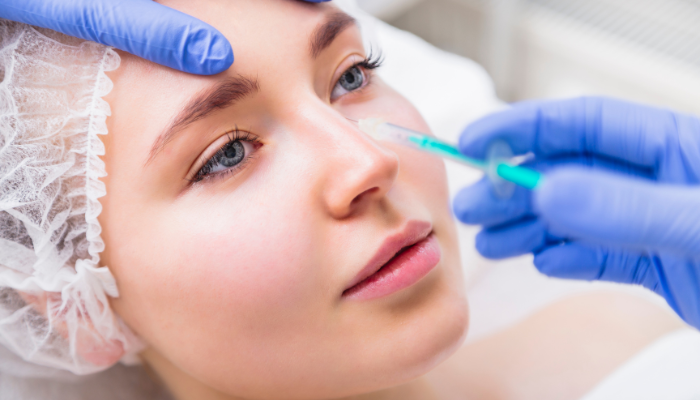
Let’s have a look at what else you could consider.
Non-Surgical Options
Non-surgical rhinoplasty, often called a ‘liquid nose job’, is becoming really popular. It involves using dermal fillers to reshape your nose. Think of it like contouring, but with injectables. It’s quick, and there’s hardly any downtime, which is a big plus for a lot of people.
Plus, if you don’t like the result, it’s not permanent – the fillers will eventually dissolve. There’s also something called a suture lift rhinoplasty, which uses special threads to lift and refine the nose. It’s minimally invasive, but the results are more subtle.
Comparative Effectiveness
Right, so how do these alternatives stack up against the real deal? Well, surgical rhinoplasty is still the gold standard for making big, lasting changes. But non-surgical options can be great for smaller tweaks, like smoothing out a bump or lifting the tip of your nose.
The thing is, fillers can’t actually reduce the size of your nose, and they won’t fix any breathing problems. So, it really depends on what you’re hoping to achieve. It’s all about weighing up the pros and cons.
Suitability for Different Needs
Who are these alternatives best for, then? If you’re after a subtle change and you’re not quite ready to commit to surgery, non-surgical rhinoplasty could be a good shout. It’s also a good option if you want to ‘try out’ a new nose shape before going under the knife.
But if you need major reshaping or you’re dealing with breathing issues, surgery is probably still the way to go. It’s worth chatting to a doctor to figure out what’s right for you.
It’s important to remember that non-surgical options are temporary. The results typically last from a few months to a couple of years, depending on the type of filler used. So, if you’re looking for a permanent solution, surgery is still the best bet.
Conclusion
Surgical rhinoplasty can be a transformative experience for many individuals, offering both aesthetic and functional benefits. While the procedure can lead to lasting improvements in appearance and self-esteem, it’s essential to weigh the potential risks and costs involved.
If you’re considering this surgery, take the time to consult with a qualified surgeon who can guide you through the process and help you set realistic expectations. Remember, the goal is to enhance your natural beauty while ensuring your health and safety. With the right approach, rhinoplasty can be a positive step towards achieving the look you desire.
Frequently Asked Questions
What is surgical rhinoplasty?
Surgical rhinoplasty, often called a nose job, is a procedure to change the shape of the nose for either cosmetic reasons or to improve breathing.
What are the main benefits of rhinoplasty?
The main benefits include permanent results, improved appearance, and better breathing function.
Are there risks involved with rhinoplasty?
Yes, like any surgery, rhinoplasty has risks such as infection, bleeding, and possible dissatisfaction with the results.
How long does recovery take after rhinoplasty?
Recovery can take several weeks, but most people can return to normal activities within a few days.
How much does rhinoplasty cost?
The cost of rhinoplasty can vary widely, typically ranging from £3,000 to £7,000 depending on the complexity of the procedure.
What should I consider before getting rhinoplasty?
Before getting rhinoplasty, consider your reasons for the surgery, the potential risks, and the importance of choosing an experienced surgeon.

